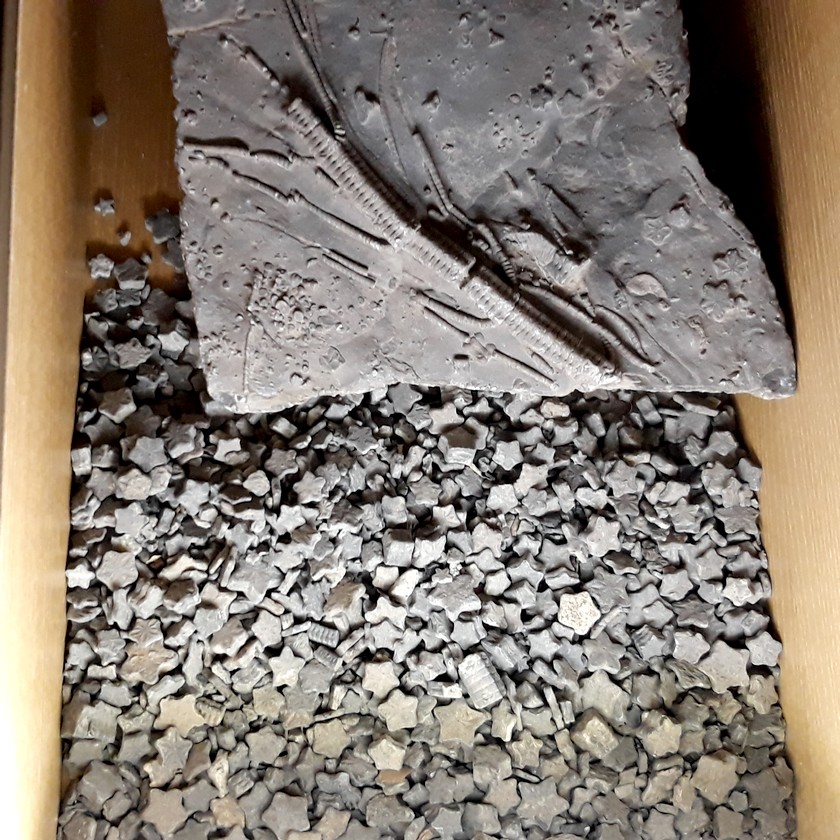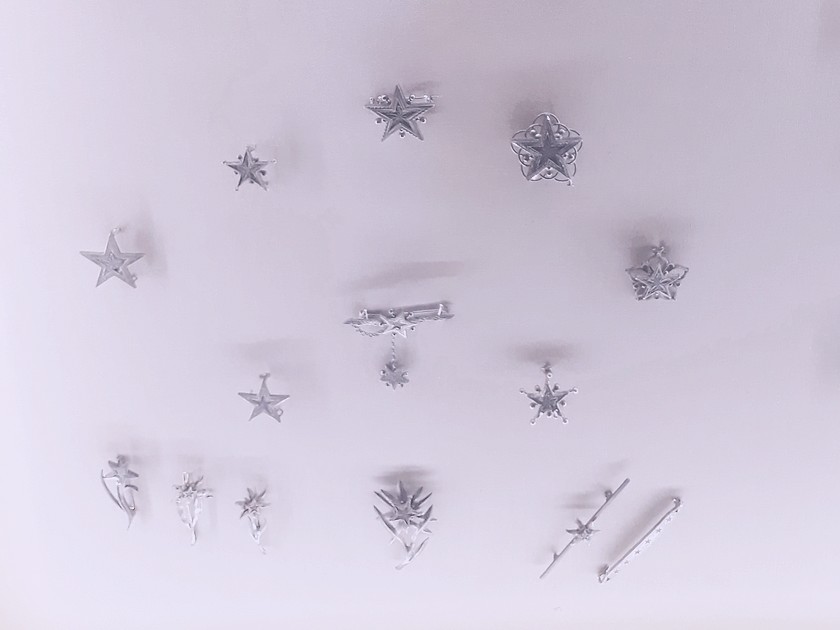The Stars Of Saint Vincent: 5 Things To Know About These Exceptional Jewels
For all those who love jewelry made in France, lucky charms and creations based on natural elements, the stars of Saint Vincent are a perfect gift idea. Here are 5 things to know about these handcrafted jewels typical of the Alpes-de-Haute-Provence.
1- They are jewels created from fossils
If you go on vacation in the Digne-les-Bains area, you may see a recurring local symbol at the Gassendi Museum in particular: a 5-pointed star.
This symbol refers to the pentacrines, fossils in the shape of small stars that are said to have been discovered by the philosopher Pierre Gassendi on the Saint Vincent hill, a hill located just behind the Notre-Dame du Bourg cathedral.

Copyright: Audrey Vautherot
Local legend has it that Pierre Gassendi who was also an astronomer used to climb to the top of this hill, to the Mathurins monastery, to observe the sky. But other stars that dotted the ground did not escape his scholarly eye.
These fossilized remains of animals that populated the seabed in Digne 180 million years ago later inspired the jewelry called stars of Saint Vincent.
2- Their creation dates from the 19th century
While the scholar Pierre Gassendi discovered pentacrines on the hill of Saint-Vincent in the 17th century, it was not until the second half of the 19th century that a jeweler from Dignity had the idea of creating jewelry from these small star-shaped fossils.
The jeweler Antoine Colomb would have made the first Saint Vincent stars set in Silver or gold around 1855.
He then launched the fashion of these jewelry pieces (rings, pendants, necklaces and brooches) in which a real pentacrine is set.
3- They are lucky jewels
In the second half of the 19th century, St. Vincent's stars were very fashionable in the Digne-les-Bains area because they were considered to be good luck charms.
These small lucky fossils were worn by ladies as brooches, necklaces and bracelets as well as by gentlemen, as pendants or on signet rings for example.

Copyright: Audrey Vautherot
A room in the Gassendi Museum in Digne-les-Bains traces the origin and fashion of Saint Vincent's stars in the region. This 5-pointed star has even become the emblem of the museum.
4- They are unique in the world
Because of their geographic and geological origin, St. Vincent's stars are unique jewels in the world.
To my knowledge, there is no other lucky jewelry made from fossils.
The special feature of these creations is that they include a pentacrine, a fossil segment from the stems of crinoids or sea lilies.
In addition, these are artisanal jewelry made in France that can be found exclusively in the Dignoise region.
5- They are timeless
Although St. Vincent's stars fell out of favor for a time during the 20th century, the fashion was revived in the Digne-les-Bains area thanks to local artisans.
The production of these jewels is reduced today due to regulations that preserve the local geological heritage.
However, you can buy some models as souvenirs at the Gassendi museum shop.
Indeed, the museum offers authentic copies made by an artisan jeweler from the department, Mr. Norbert Mille (see link below), so that its visitors can leave with one of these rare pieces of jewelry.
Count between 90€ the Silver pendant and 150€ the pair of earrings, a price that may seem high but is justified by the presence of a real pentacrine.
So, if you want to offer a lucky jewel for a birthday or for Mother's Day for example, why not opt for this typical goldsmith's creation from the Alpes-de-Haute-Provence?













